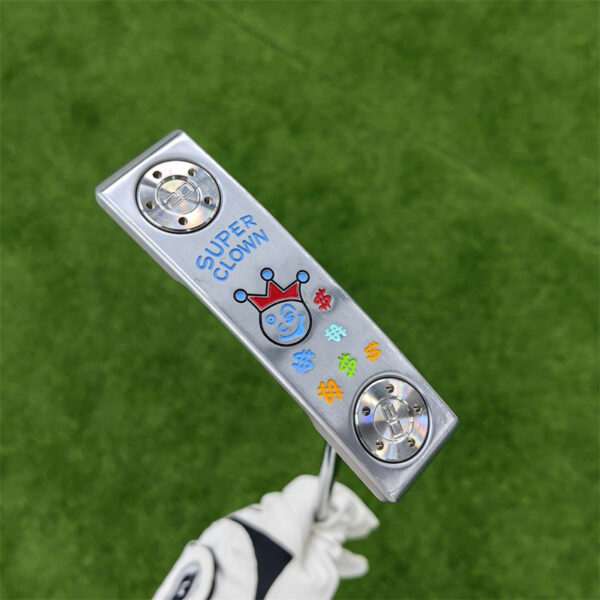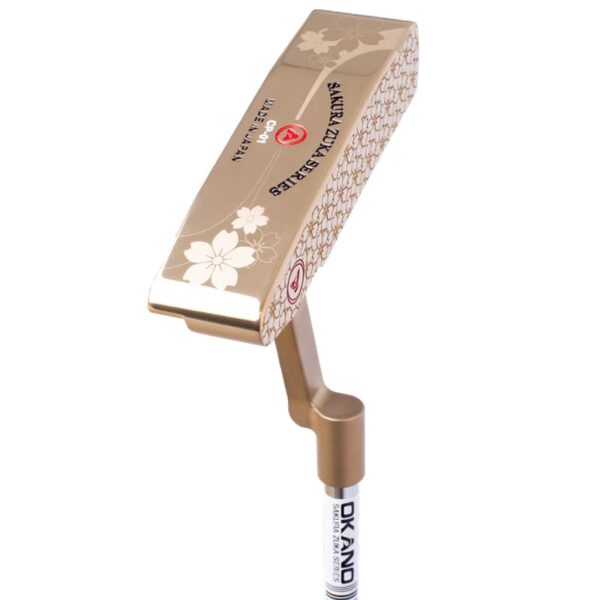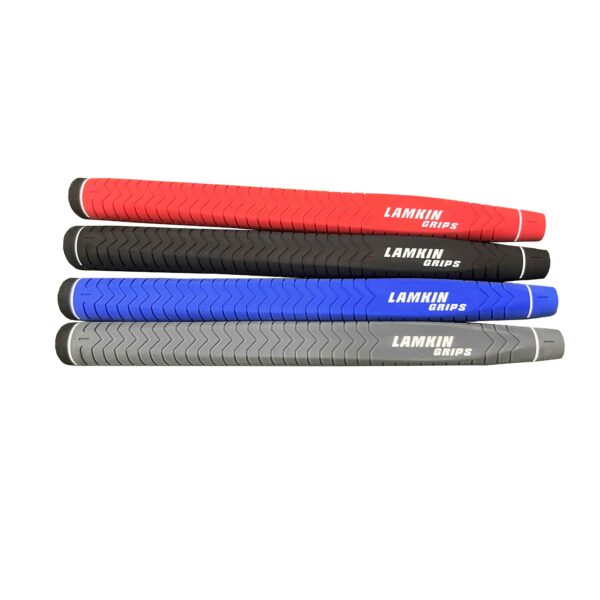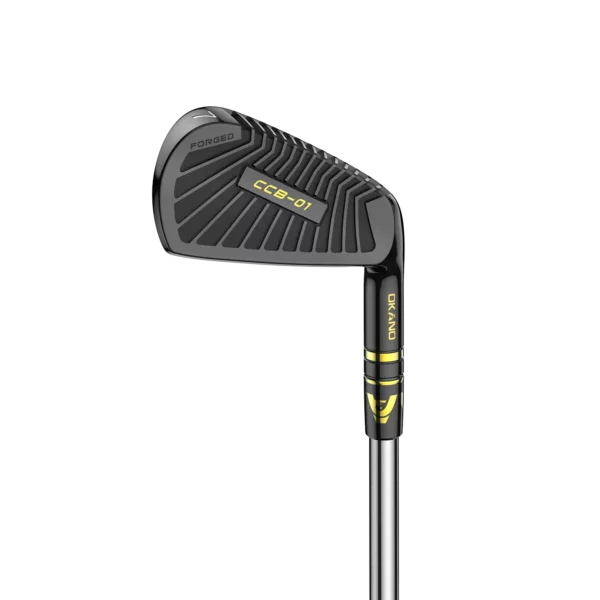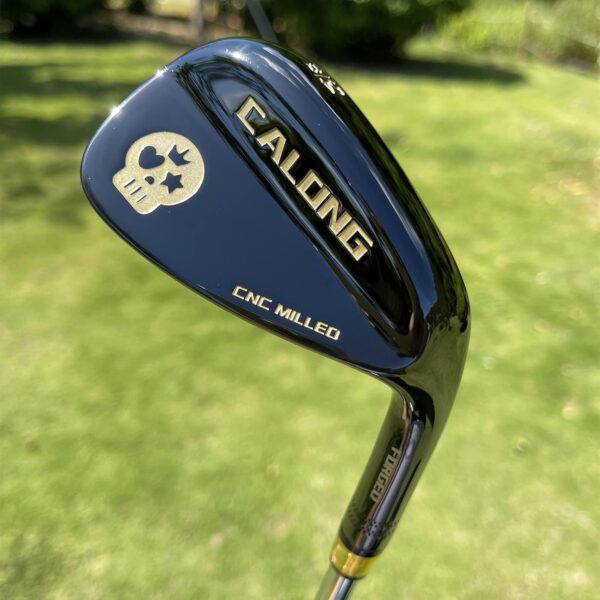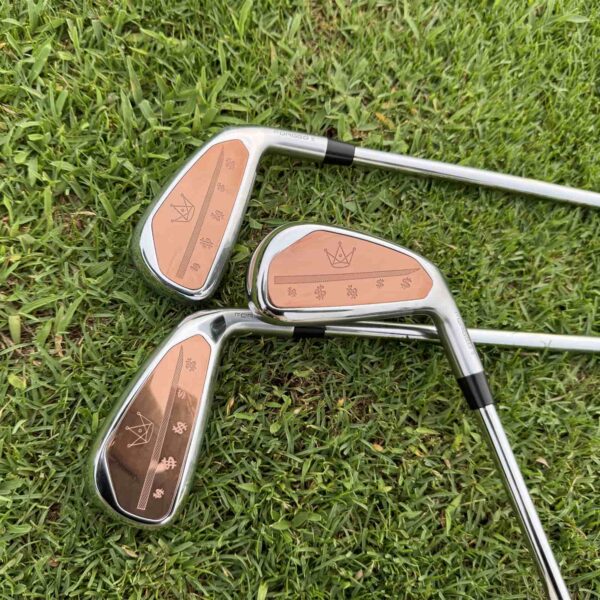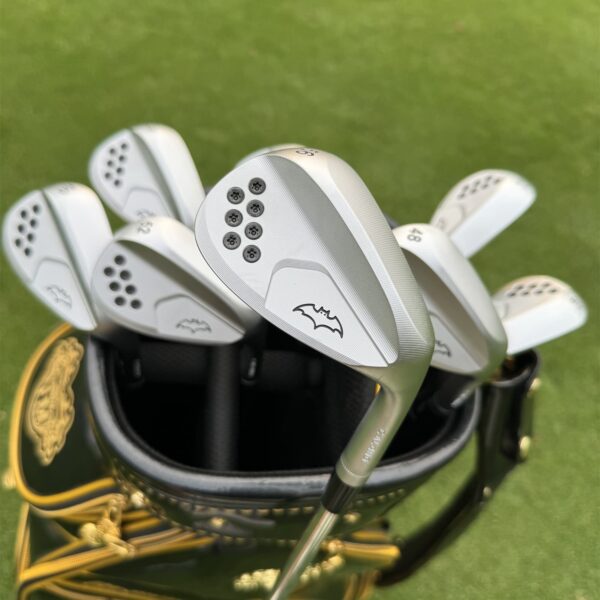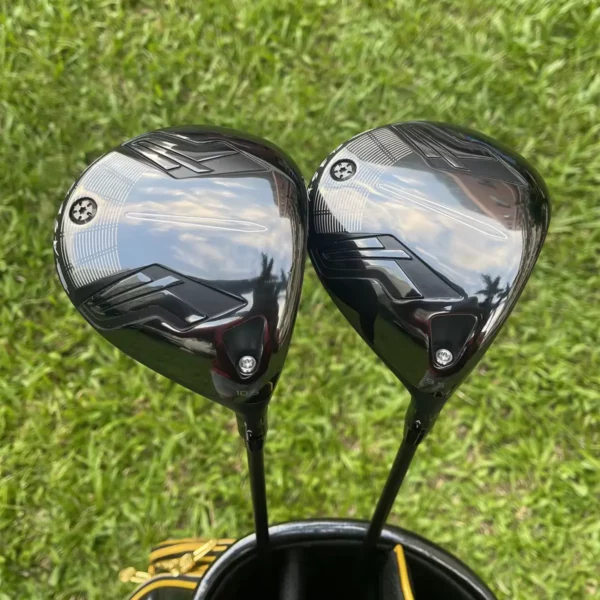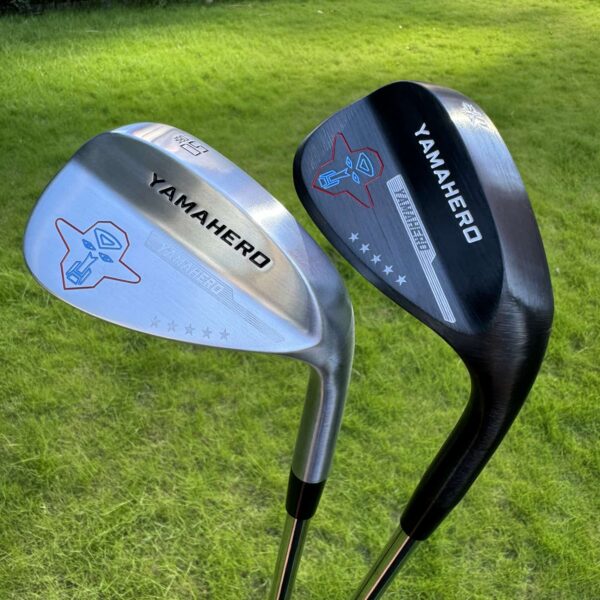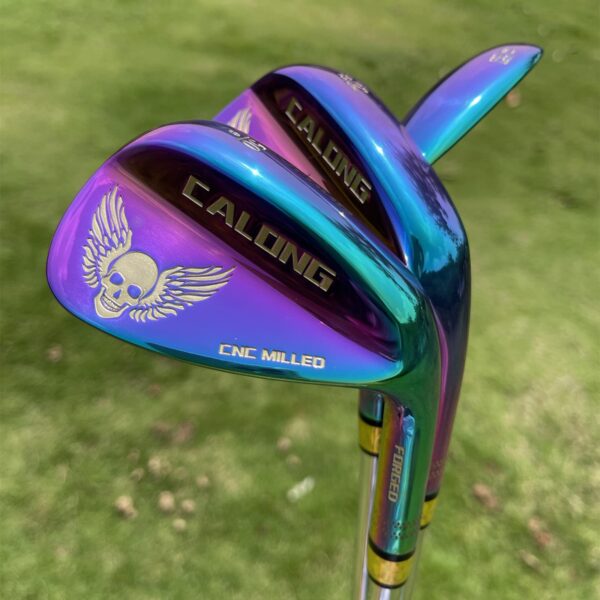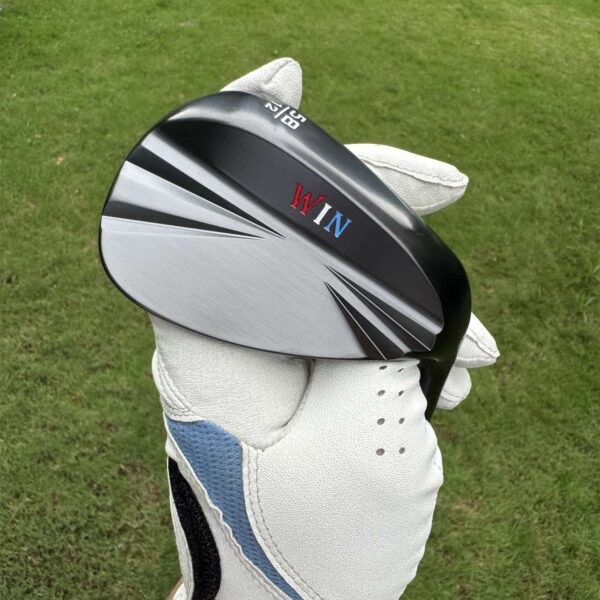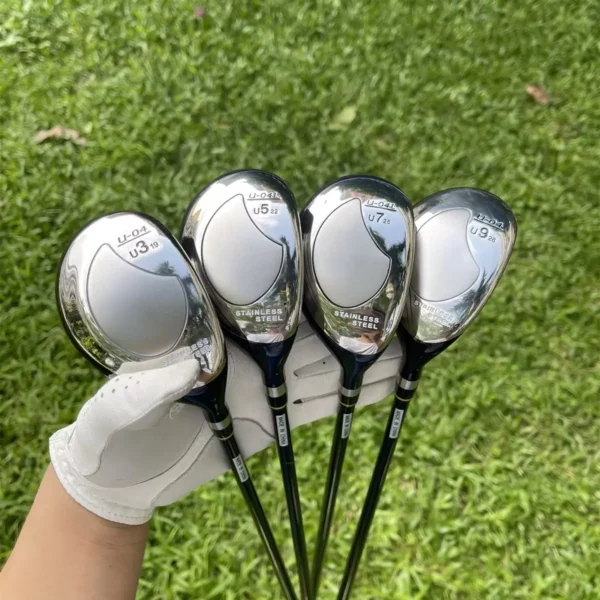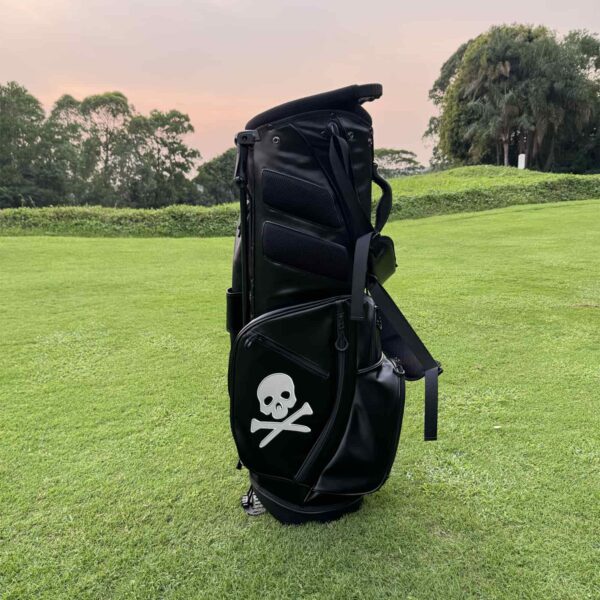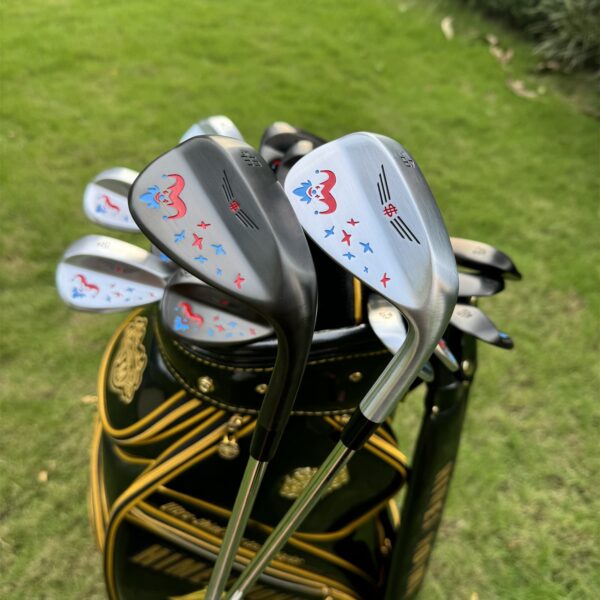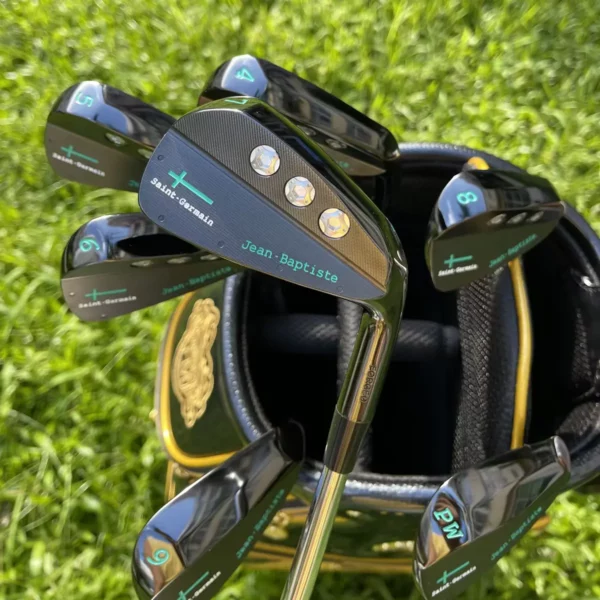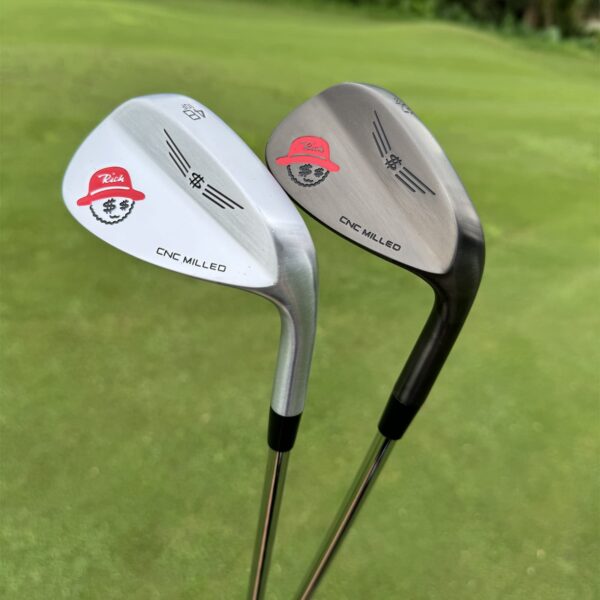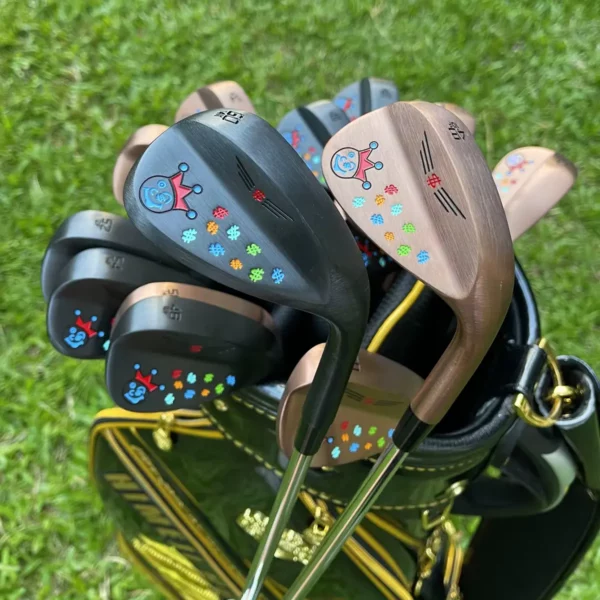Golf Lesson #1: The Basics of Golf Clubs
Lessons
- 1 – The Basics of Golf Clubs
- 2 – Technical Specs of Golf Club Heads, Shafts & Grips
- 3 – Custom Fitting Golf Clubs
- 4 – Game Improvement Golf Clubs
- 5 – Golf Club Clones vs Brands
- 6 – Why Buy Golf Clubs on the Internet?
- 7 – What Golf Clubs Should You Buy?
- 8 – Golf Club Terminology & Definitions
Golf clubs are the tools we use to strike the golf ball. A golf club has three components — the Head, the Shaft and the Grip. The rules of golf constrain golf club designs, but the goal of clubmakers is to create golf clubs, within those constraints that maximize the physics behind a golfer’s swing while allowing for some range of swing error to provide an accurate, long, and forgiving shot. The better your swing, the less forgiving club you require whereas the more your swing needs work, the better off you are with a more forgiving club design.
A modern set of golf clubs typically consists of three woods (the 1-driver, 3, and 5), at least 1 hybrid (3H) seven irons (4, 5, 6, 7, 8, 9, and PW), and a putter. This gives you a total of twelve clubs. The rules of golf allow you to carry fourteen clubs in your bag, so many golfers add another wedge or specialty hybrid. After all, the more tools we have in our toolbox, the more options you have to make doing your job easier!
Woods
Woods are used to hit long shots. If a golf hole is 450 yards from tee to green, most golfers use a wood to hit off the tee. A wood is a hollow-bodied large headed golf club. It’s customary to use your woods when you are 175 yards or more away from the green.
The driver (also called the 1 wood) has the lowest loft of any golf club. Loft is the angle of the club face that controls trajectory and affects distance. A driver has a loft between 7 and 12 degrees. Experienced golfers have traditionally favored lower lofted drivers (less than 10 degrees of loft), which require much more skill to hit than higher lofted drivers.
A dramatic development has occurred over the past several years — professional golfers are throwing out their low lofted drivers and opting for large-headed, higher-lofted 10 and 11 degree drivers. Their argument is that the longest drives are achieved by combining a high launch angle with lower spin. This change is a huge reversal from prior years. During the mid to late 1990’s, the average loft on the PGA Tour was around 7 degrees. However, those were difficult shots for the pros to make and the low loft resulted in lots of spin on the ball. The experts in ball flight analysis showed that the longest golf drives are achieved with a high launch angle combined with low spin. The new solid core golf balls provide that low spin which was not available in the golf balls of yesterday. A higher lofted club gives the golfer the higher launch angle.
Most PGA pros now carry drivers with lofts of 8.5 to 10 degrees or more. Non-pros should probably play drivers with lifts 10 degrees or higher. So, our recommendation is: follow the advice of the PGA pros and increase the loft of your driver.
Most golfers also carry 3 and 5 woods in their bag. A 3 wood has a loft between 15 and 18 degrees, and a 5 wood has a loft between 20 and 22 degrees. The higher the golf club number, the higher the loft. Also, the higher the golf club number, the shorter the club shaft length. The 3 wood and 5 wood are commonly referred to as fairway woods, because they are most often used during the second shot of play, when you are supposed to be in the fairway of the golf hole (as opposed to in the woods!). All higher lofted woods (7, 9, 11, and so on) are commonly referred to as utility woods. A 3 wood is generally ½” shorter than a driver and so on with each successive club. However, we build all our woods higher than a 5 wood the same length as the 5 wood. This is because shortening a club decreases the arc of the swing. The smaller the arc, the less speed the golf club will have when it strikes the ball — ergo the less distance the ball will travel. We believe that a 5 wood is short enough and while the 7 and 9 woods provide more forgiveness, we also want longer distance in our shots. Arghh, the physics of golf!
What about 2 and 4 woods? These woods actually exist and were popular 20 or more years ago, but they have fallen out of favor as newer technologies have improved the performance of woods. Today, most golfers prefer 7 and 9 woods in their bag (which can only have fourteen clubs) than a 2 or 4 wood. In fact, there is now a trend to include higher numbered woods and eliminate the traditional low numbered irons in your set of golf clubs. That will be discussed in greater detail when we talk about irons.
Why aren’t woods made of wood? They used to be, but since the 1980’s woods have been made of metal. Metal has many advantages over wood. For the beginning golfer, the most important features are perimeter weighting and low center of gravity (LCG) which can only be achieved through precisely molded metal. Both of these design technologies result in golf clubs that are much more forgiving than wooden woods. Perimeter weighting helps create a larger sweet spot — a larger area on the face of the club that will result in a good hit. Low center of gravity creates mass at the right place — increasing the height that the ball will launch off the club and reducing the likelihood of miss-hits into the ground.
Hybrids
What about hybrids? In the past 5 years a recent development that began over 10 years ago has really caught on with pros and non-pros alike. Hybrids are a combination of a fairway wood head design and a iron length shaft. The long irons have traditionally been the most difficult to hit. Evidence of this difficulty was best captured by Lee Trevino, who said, “if you are ever caught on a golf course during a storm and are afraid of lightning, hold up a 1-iron, not even God can hit a 1-iron.” The idea is to give the golfer a more forgiving option when compared to long irons, which are more difficult to hit. Hybrids are commonly touted as “the best of both worlds.” The popularity of hybrids has been so strong in recent years that many golfers have decided to replace many of their 3 and 4 irons with the hybrid clubs. An important factor is the distance that many hybrids offer when compared to a typical 3 or 4 iron shot. You will also see golfers opt out from using 5 woods and 7 woods, replacing those fairway woods with a #2 or #3 hybrid. It is important to remember that while most manufacturers match the hybrid number to the corresponding iron number, the best indicator of distance when looking at hybrids is the loft. Most 3 hybrids match up closely with a 3 iron in loft. Loft being equal, most hybrids will perform better with regards to distance and forgiveness.
Irons
Irons are generally used when you are less than 200 yards away from the green. The closer you are to the green, the higher the iron you will use. A standard set of irons consists of 3, 4, 5, 6, 7, 8, 9 irons and the pitching wedge (PW). The 3 and 4 irons are harder to hit than the higher number irons. Many golfers, especially ladies, seniors and higher handicap golfers, are changing to a modified standard golf set that replaces the 3 and 4 iron with higher lofted woods like the 7 and 9 woods. We think this is a sensible trend and one that a beginning golfer should consider. Higher lofted woods, like the 7 and 9 wood are easier to hit than a 3 or 4 iron and result in comparable distances.
Wedges
Wedges are really just specialty irons. The first wedge is the pitching wedge (PW), which is usually about 46-48 degrees in loft. Wedges generally increase in increments of 4 degrees loft. So wedges commonly come in 48, 52, 56, 60 and 64 degree lofts. The PW is the highest lofted iron in a standard set and lowest loft of the wedges. Following the PW with higher lofts are the approach wedge (AW), sand wedge (SW), the lob wedge (LW), and the high-lob wedge. We also manufacture a very special wedge called the last wedge — which has a 68 degree loft.
Wedges are extremely useful to your game and most golfers have a few of them. Wedges are generally designed as “blade clubs” because you are close enough to the green that the game improvement design elements such as wide soles are less important. The need for increased shot control and shot shaping, which blade design encourages, becomes the more important technology for a good wedge design.
Putters
A putter is a golf club with a special purpose: getting the ball into the hole. After you have slammed your drive 250 yards right into the middle of the fairway, hit your second shot 175 yards into the sand trap, and then wedged out onto the green, it is time to “putt for dough.” The putter is used on the green and there are many styles of putters: short, belly, long, bent, center-hosel, heel-toe, mallet, and so on. At GolfofChina Golf, we provide you a huge selection of putters and we have a good reason for it which will be explained later.
The Psychology of What You Carry in Your Golf Bag
After decades of experience in the golf club manufacturing business, building millions of clubs for huge numbers of happy customers, we have noticed one thing. Most golfers have as their minimum arsenal one set of irons, one or two hybrids, multiple wedges, several drivers and a variety of putters. This is because your foursome all gets together at the tee where you use your driver. The pressure is high to perform well. Hopefully you end up in the fairway, spread out all over the golf course. As you work your way through the hole using your fairway woods and irons — eventually, you all come back together again on the green.
So, where do you need the most weapons at your disposal? It is where the stakes are highest and the pressure to perform reaches its zenith. That is at the tee and the green — they don’t say “drive for show, putt for dough” casually. And that is why most golfers we know have multiple drivers and putters and one set of irons.

 Japan Okano CP-01 Putter $519.99
Japan Okano CP-01 Putter $519.99
 Okano CCB-01 Irons set $1,699.99
Okano CCB-01 Irons set $1,699.99

 Calong BAT Forged Wedges $99.99
Calong BAT Forged Wedges $99.99
 Calong ASED Driver $199.99
Calong ASED Driver $199.99 Yamahero Cowboy Wedge $99.99
Yamahero Cowboy Wedge $99.99


 Calong UT Golf Hybrids Rescue $119.99
Calong UT Golf Hybrids Rescue $119.99 Calong X Skull Golf Bag Lightweight Stable Holder Bag Waterproof Golf Club Set Bag
Calong X Skull Golf Bag Lightweight Stable Holder Bag Waterproof Golf Club Set Bag






 Clubs
Clubs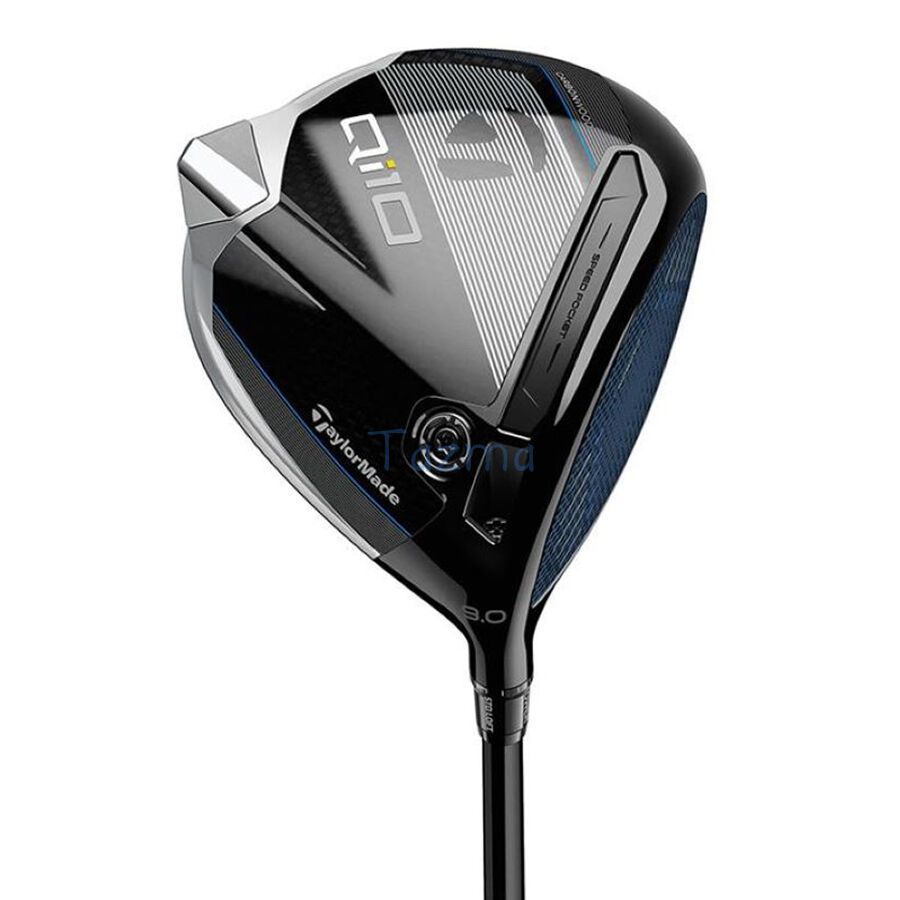 Drivers
Drivers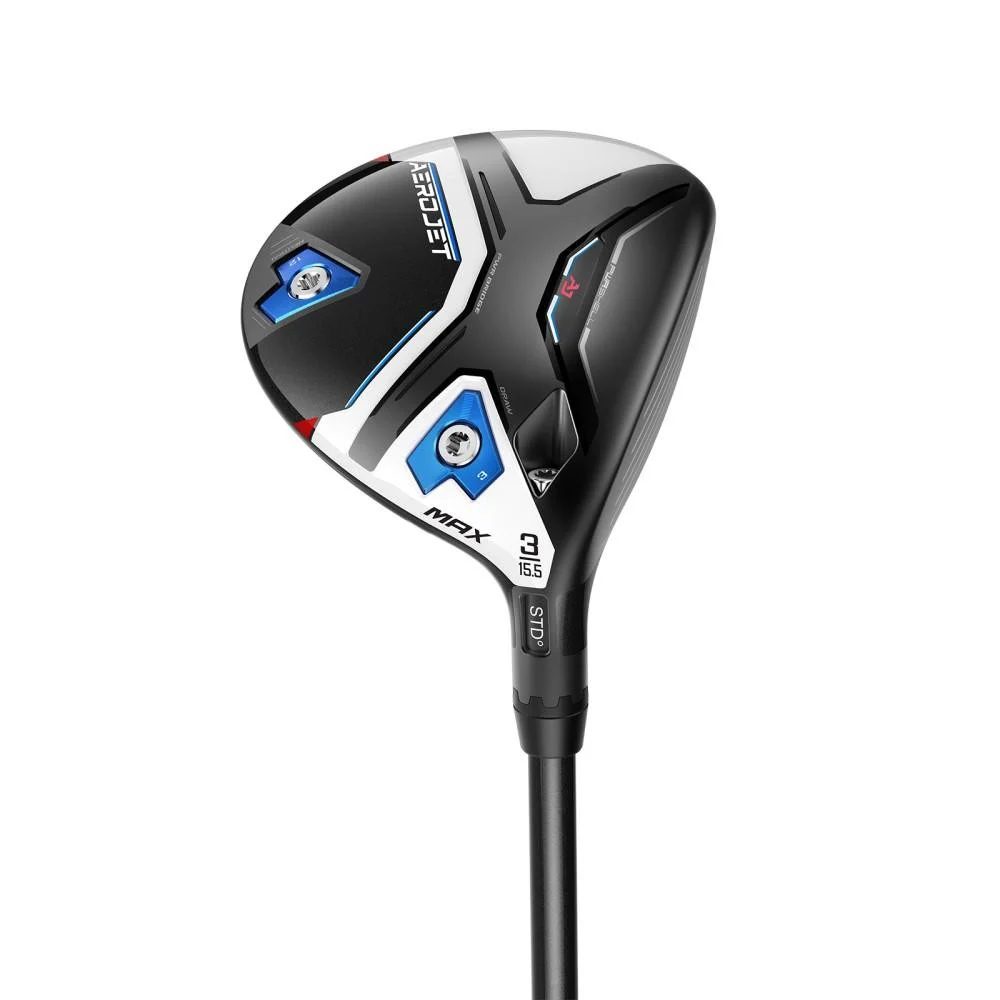 Fairway Woods
Fairway Woods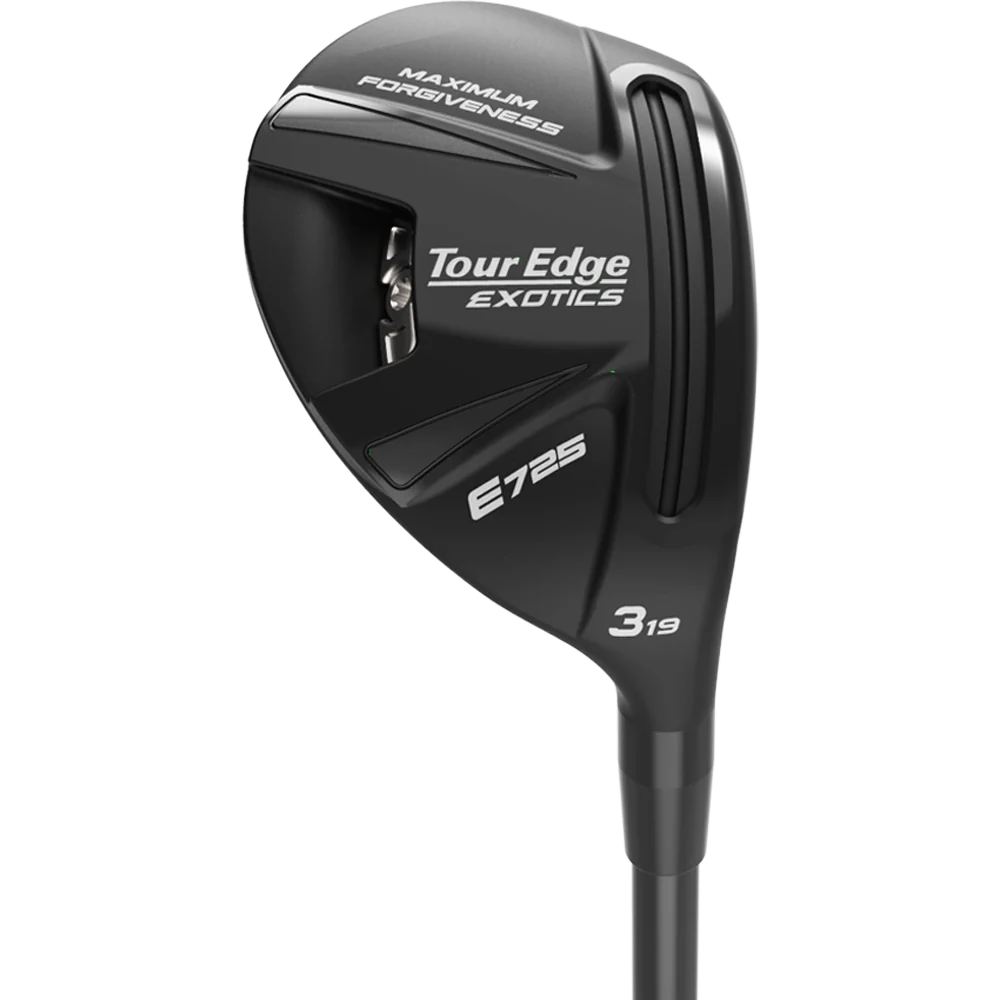 Hybrids
Hybrids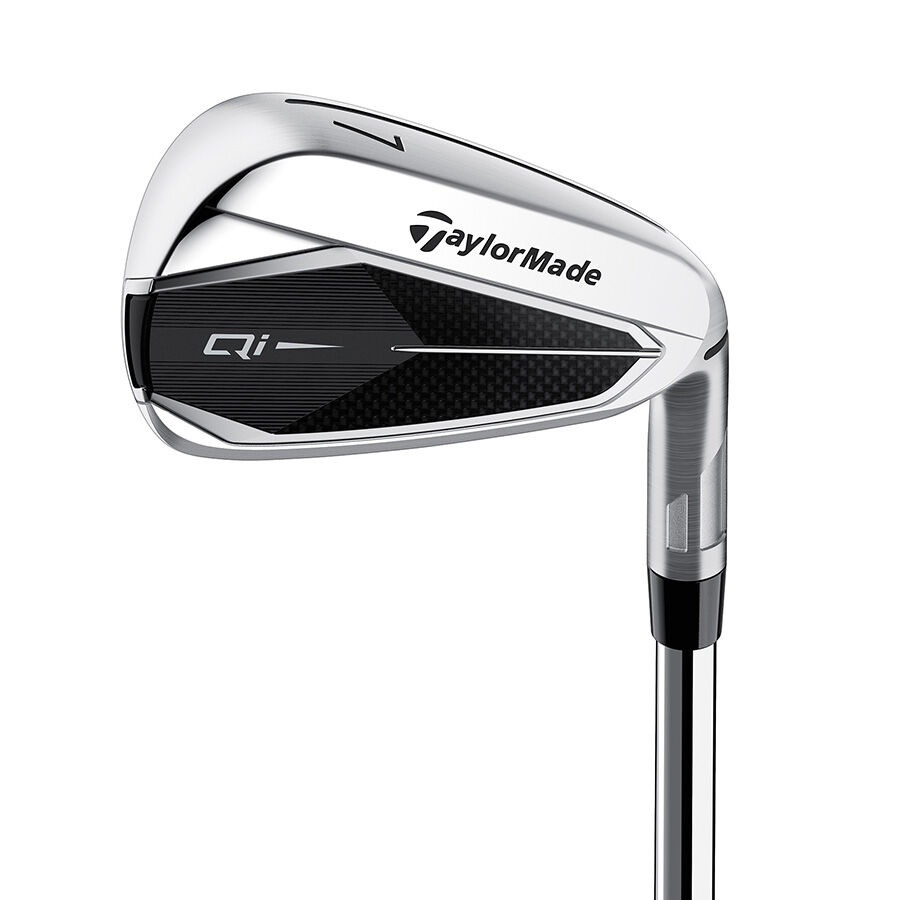 Irons set
Irons set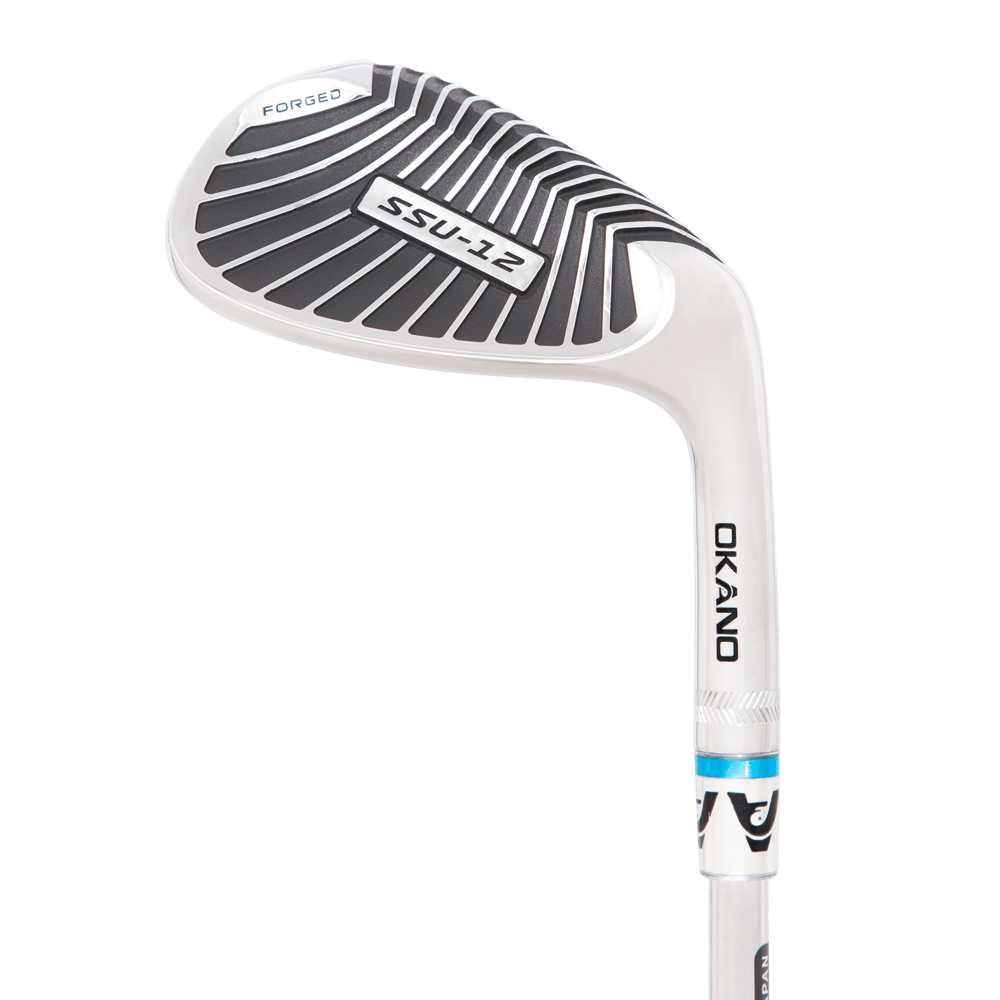 Wedges
Wedges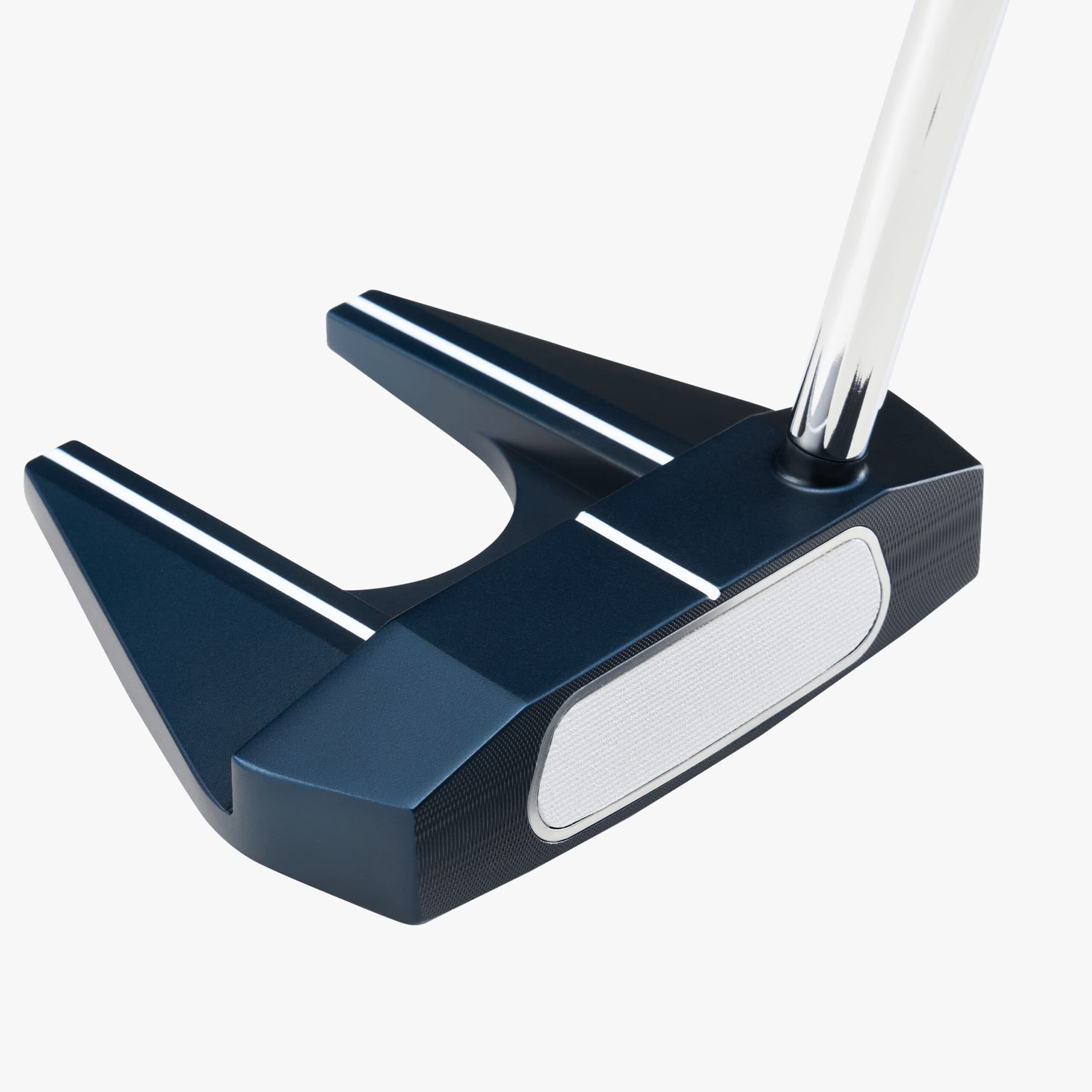 Putters
Putters Complete Sets
Complete Sets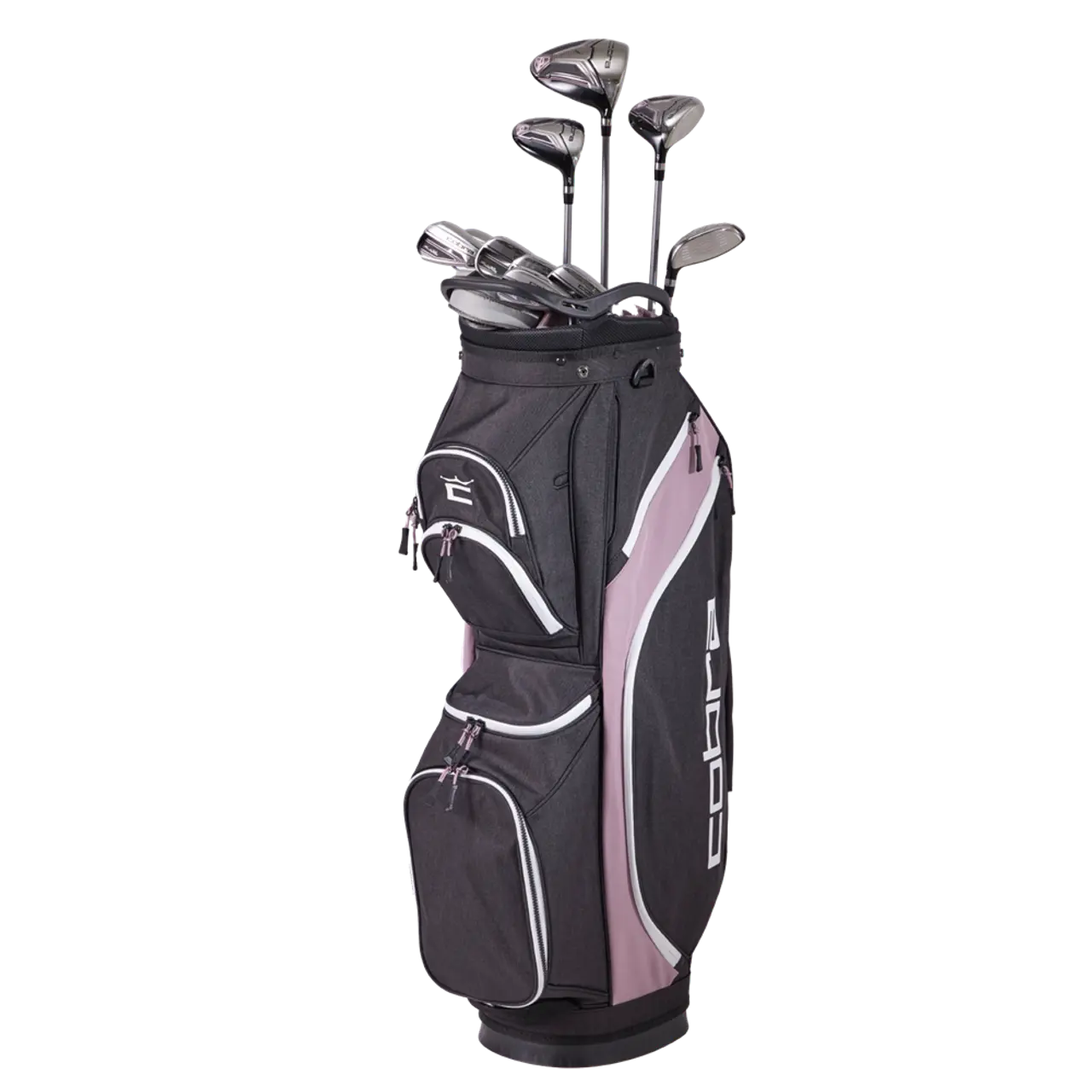 Complete Sets
Complete Sets Kids‘Clubs
Kids‘Clubs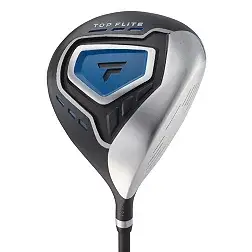 Drivers
Drivers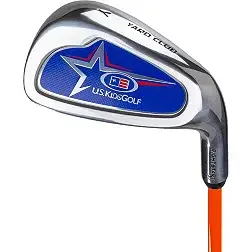 Irons
Irons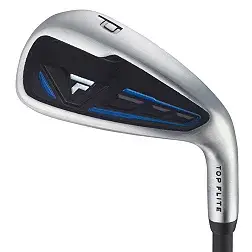 Wedges
Wedges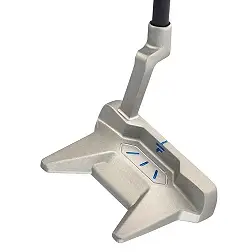 Putters
Putters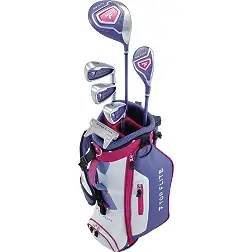 Complete Sets
Complete Sets Bags
Bags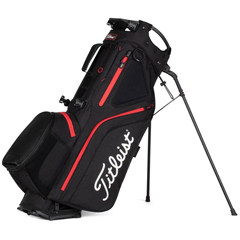 Stand Bags
Stand Bags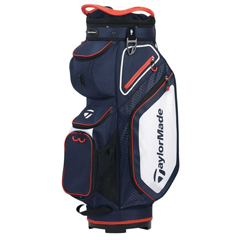 Cart Bags
Cart Bags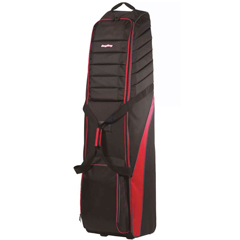 Travel Bags
Travel Bags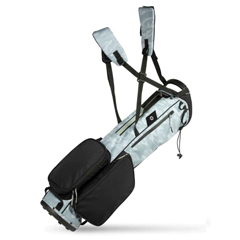 Carry Bags
Carry Bags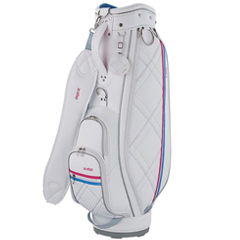 Womens Bags
Womens Bags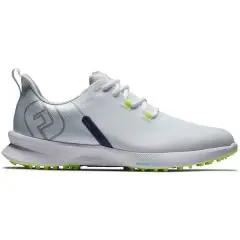 Men's Golf Shoes
Men's Golf Shoes Women's Golf Shoes
Women's Golf Shoes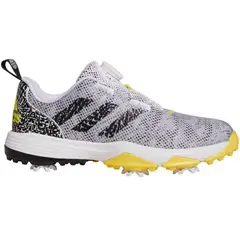 Junior Golf Shoes
Junior Golf Shoes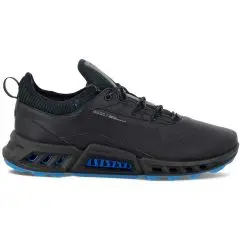 Spikeless Golf Shoes
Spikeless Golf Shoes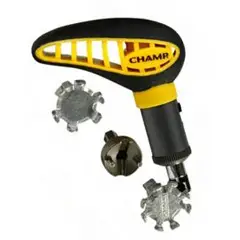 Golf Shoe Accessories
Golf Shoe Accessories Closeout Golf Shoes
Closeout Golf Shoes Apparel
Apparel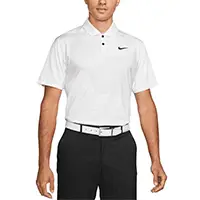 Men's Apparel
Men's Apparel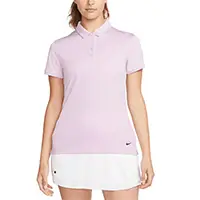 Women's Apparel
Women's Apparel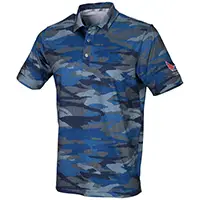 Juniors Apparel
Juniors Apparel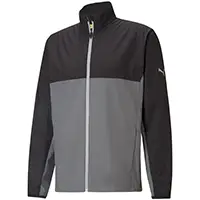 Jackets and Rain Gear
Jackets and Rain Gear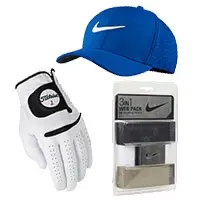 Apparel Accessories
Apparel Accessories Balls
Balls Accessories
Accessories Shafts
Shafts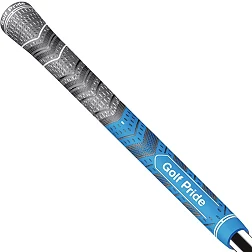 Grips
Grips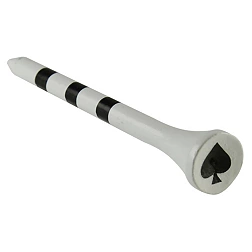 Tees
Tees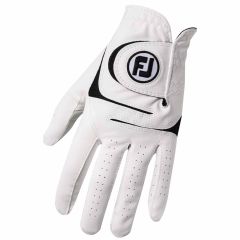 Gloves
Gloves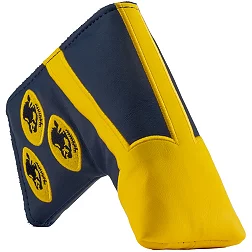 Headcovers
Headcovers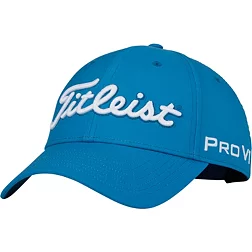 Hats & Visors
Hats & Visors